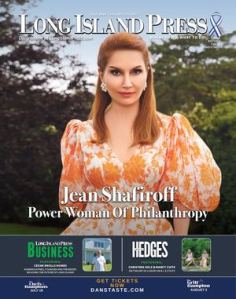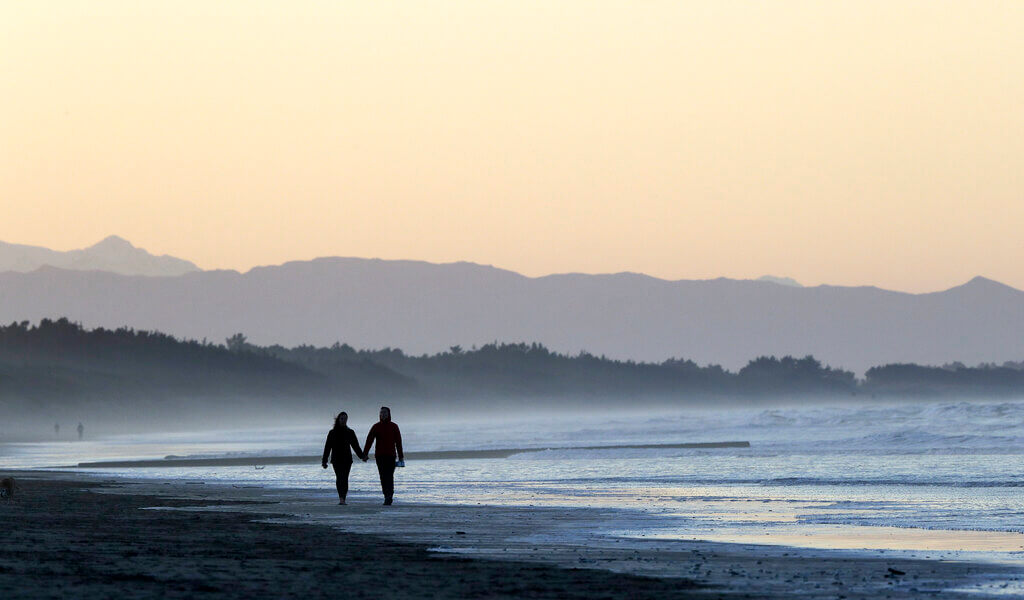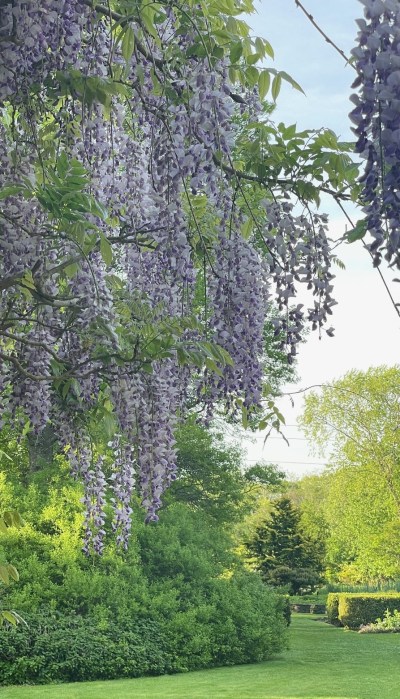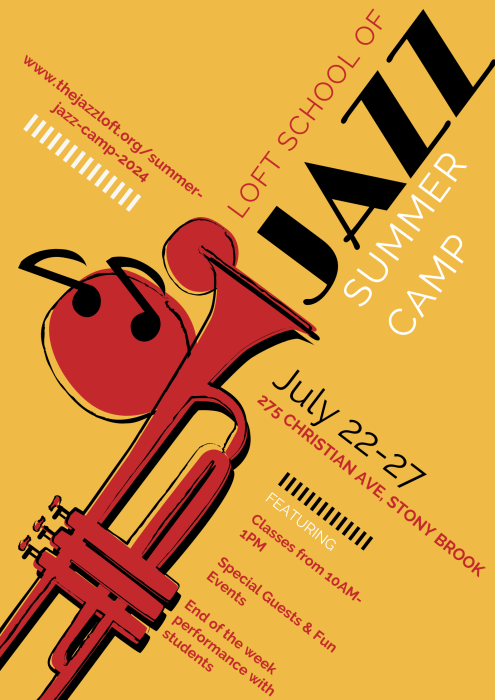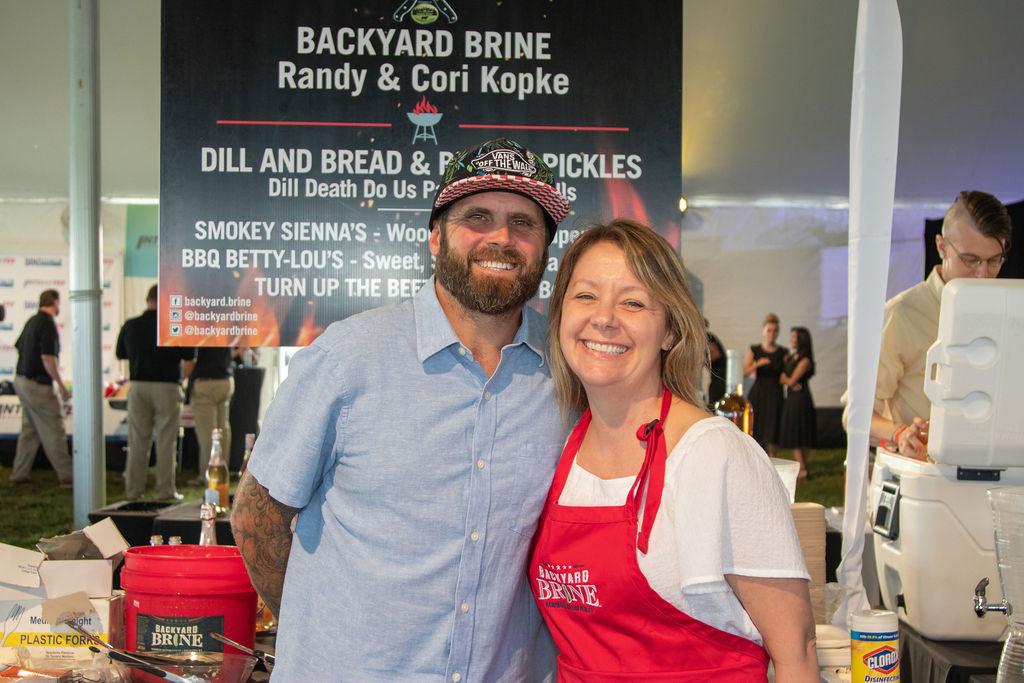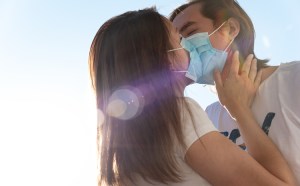Whether looking for love or a casual encounter, 3 in 10 U.S. adults say they have used a dating site or app — with mixed experiences, according to a Pew Research Center study out Thursday. For the under-35 set, more than half have tried it.
The overall number, which amounts to 30%, is unchanged since 2019, the last time the center took a broad look at online dating. In 2015, 15% of U.S. adults said they had used a dating site or app, said lead researcher Colleen McClain.
“When we talk to users who have been on the sites more recently, we see that there is really a mix of emotions,” she said. “Everything from burnout to elation.”
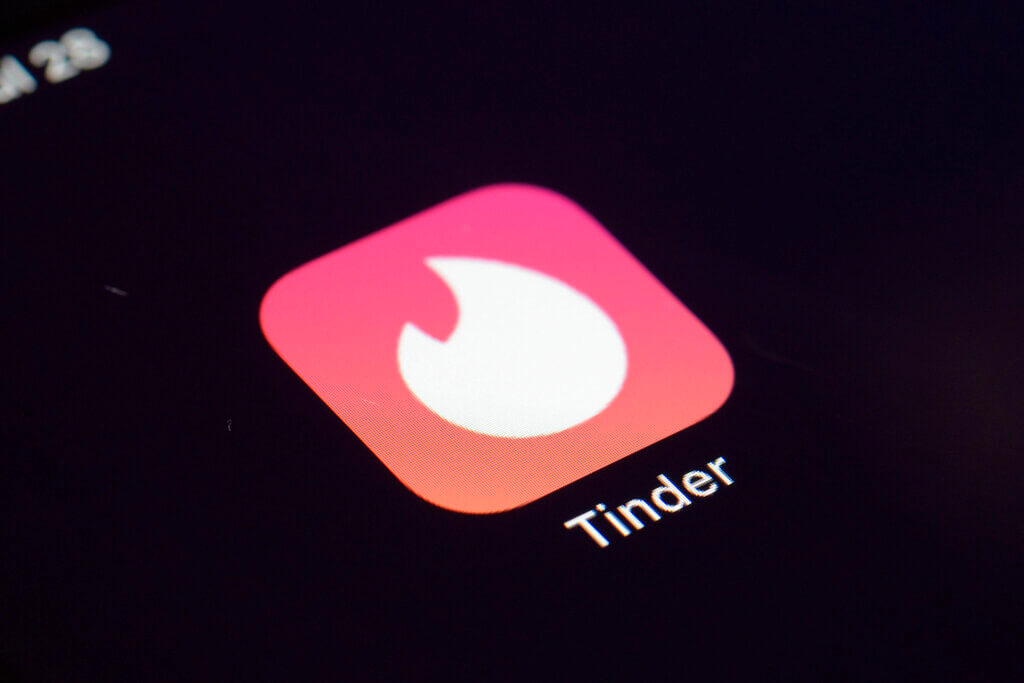
Among the study’s key takeaways for McClain: 1 in 10 adults who have a partner said they met their current significant other on a dating site or app. The number rises to 1 in 5 for those under 30.
Asked about their reasons for using the platforms, 44% of current or recent users had finding a long-term partner top of mind, with 40% responding that they wanted to date casually. Twenty-four percent were in search of casual sex and 22% were hunting for new friends.
Using dating sites and apps is most popular among adults under 30, Pew reported, with 53% saying they have done it. That compares with 37% of those ages 30 to 49; 20% of those 50 to 64; and 13% of those 65 and older.
Atlanta firefighter Andy Giron, 33, is among the pleasantly surprised. He said he had always considered digital dating “a little weird” until recently.
Giron had just gotten out of a long-term relationship in 2019 when he decided to give Tinder a try for some casual dating. That didn’t work out after a couple of times but he hit gold on Hinge a short time later.
“My wife was my first date on Hinge,” he said. “She was so easy to talk to and we had a lot in common. There was an immediate connection when we first met in person.”
The two married six months later, soon after the COVID-19 pandemic hit. They now have a year-old daughter. Giron was inspired to turn to online dating by his sister, who found her spouse the same way.
“I always thought you should meet someone the regular way, in person, but this is the way the world is now,” Giron said.
Across age groups, 51% of lesbian, gay and bisexual adults have used a dating site or app.
Men are more likely than women to report positive experiences in digital dating, 57% vs. 48%, and LGB users are more likely than straight users to say the same, 61% vs. 53%. White or Black adults who have used one of the platforms are more likely than Hispanic users to say their experiences have been negative.
The number of men who have used dating sites or apps in the past year and said having casual sex was a major reason was 18 percentage points greater than female users who said the same.
The Pew research is based on a survey of about 6,000 U.S. adults taken from July 5-17 last year.
Online daters’ experiences were mixed, with 53% saying they have been at least somewhat positive. Fourteen percent said they have been very positive, and 48% said their experiences have included at least one of four unwanted behaviors explored in the study.
Thirty-eight percent of those reporting negative experiences said they received unsolicited sexual messages or images, and 30% cited unwanted continued contact. Twenty-four percent said they were called an offensive name, and 6% said they were physically threatened.
Female users were more likely to report such experiences, especially those under 50.
Like Giron, 22-year-old Liv Loughlin, a tech company marketing associate in San Jose, California, had just ended a long-term relationship when she first tried digital dating last September.
“I wanted to jump into it, especially to meet people because I was new to the area,” she said. “My first date on a dating app was on Hinge and it was crazy. He was immediately very, very touchy and there were all these sexual overtones to everything he said. … I ended up bailing.”
But Loughlin didn’t give up. She turned to Bumble and is now happily in a relationship with a man she met there.
“I figured I had hit rock bottom and it couldn’t go anywhere but up,” she said.
Safety is a large concern for some digital daters. There have been demands over the years for more protections, such as required background checks, in light of reported stalking, and sexual assaults and other violence. Few sites require such checks of every user.
“We see that Americans are divided on this,” McClain said. “Forty-eight percent say that dating sites are a safe way to meet people. A very similar share, 49%, say that they’re not safe.”
A majority overall said dating sites and apps should require people to undergo background checks.
Stacy Overcamp, 58, an unemployed marketing specialist, knows the dangers firsthand. She’s been dating online since about 1998, with several contacts leading to relationships over the years.
“I’ve never had a problem meeting men online. I’ve had a problem meeting quality men online,” said Overcamp, in suburban San Francisco. One long-term relationship ended in stalking, harassment and a restraining order, she said. Other men she dated turned out to be broke, drug users or liars. But she remains active as her priorities have shifted to marriage.
Overcamp estimates 30 or 40 contacts a month.
“It would take me five years to talk with and connect with that many men if I weren’t online,” she said.
Pew studied eight sites and apps. Tinder was the most commonly used, with 46% of digital dating users saying they had tried it. That amounts to 14% of all U.S. adults. About 10% of U.S. adults said they had used Match or Bumble. Six percent said they had tried OkCupid, eharmony and Hinge.
Grindr and HER were far more popular among lesbian, gay or bisexual online dating users than straight users. Some 34% of LGB users said they had tried Grindr and 10% said they had tried HER.
